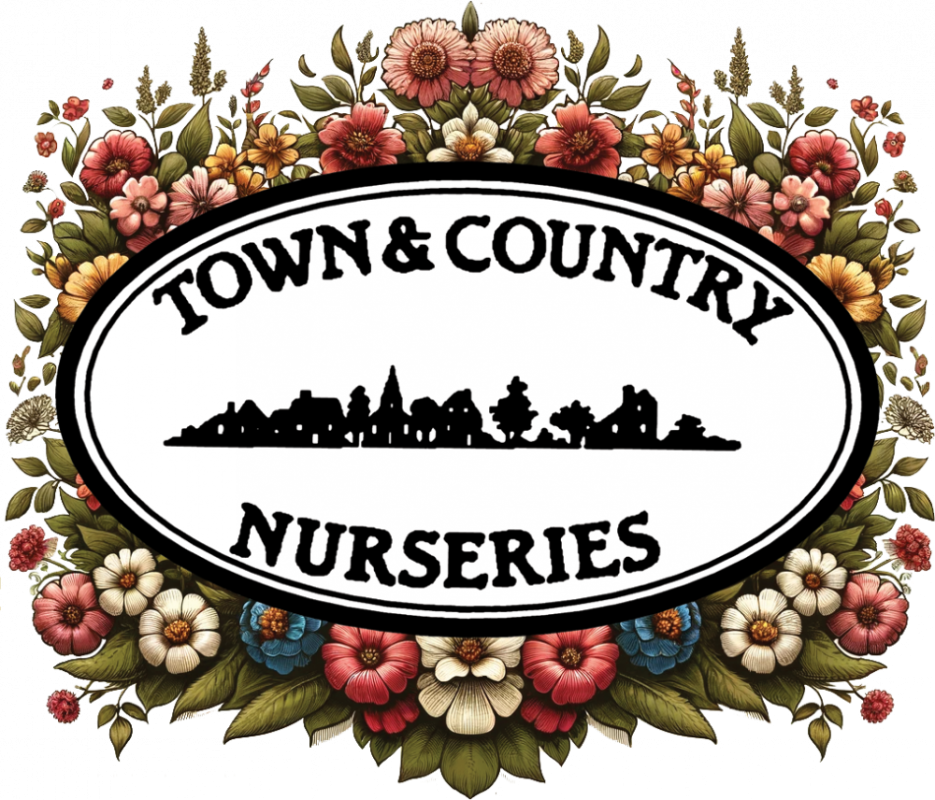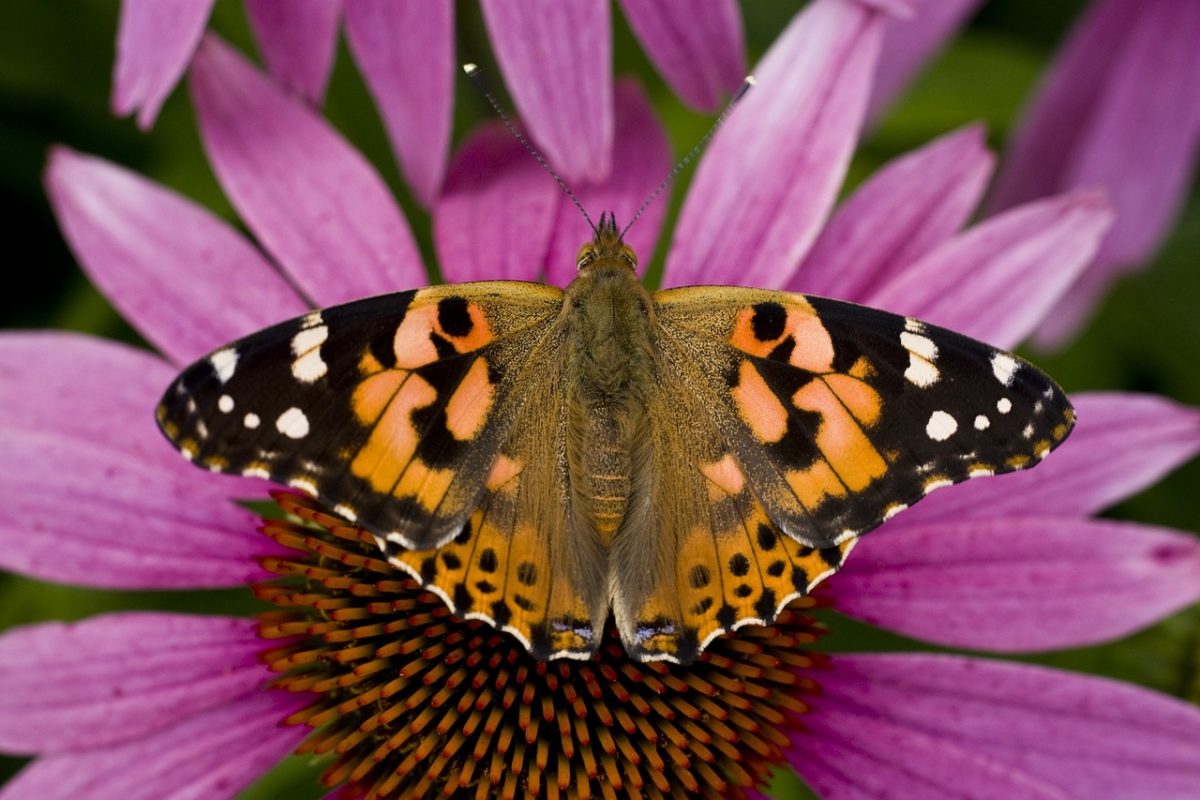Butterflies, with their delicate wings and vibrant colors, bring beauty and enchantment to any garden. Not only are they captivating to watch, but they also play a vital role in pollination. If you’re looking to attract a diverse array of butterflies to your garden, creating a butterfly-friendly habitat is key. Town and Country Nursery is the perfect destination to find a wide selection of plants that will cater to the needs of these enchanting insects. With the right combination of annuals, perennials, and shrubs, along with optimal growing conditions, you can transform your garden into a thriving butterfly haven.
Creating the Perfect Growing Conditions:
To ensure a successful butterfly garden, it’s essential to provide the right growing conditions for both plants and butterflies. Here are a few key factors to consider:
- Sunlight: Most butterflies thrive in sunny locations, so choose a spot in your garden that receives at least six hours of direct sunlight each day.
- Shelter: Butterflies seek shelter from wind and predators. Planting dense shrubs or adding trellises and climbing structures can provide both cover and roosting spots for butterflies.
- Water: Butterflies need a water source for drinking and puddling, so include shallow dishes or a birdbath with rocks for them to perch on while sipping water.
Choosing the Right Plants:
To attract a variety of butterflies, it’s crucial to offer a range of plants that serve as both host plants for their caterpillars and nectar sources for the adult butterflies. Town and Country Nursery offers a wide selection of plants suitable for a butterfly garden. Here are the top five choices:
- Milkweed (Asclepias spp.): Milkweed is a must-have for any butterfly garden, especially for attracting monarch butterflies. It serves as the sole host plant for monarch caterpillars, providing food and shelter for them to grow and develop. Additionally, the beautiful flowers attract adult butterflies with their abundant nectar.
- Butterfly Bush (Buddleja spp.): As the name suggests, butterfly bushes are highly attractive to butterflies. Their long, cone-shaped flower clusters produce abundant nectar, which is a favorite food source for many butterfly species. Varieties like Buddleja davidii offer a wide range of colors to choose from, adding beauty to your garden as well.
- Coneflowers (Echinacea spp.): Coneflowers are not only stunningly beautiful but also highly beneficial for butterflies. They provide a rich nectar source and act as host plants for various butterfly species, including the painted lady. The vibrant petals and central cones of coneflowers create a welcoming landing pad for butterflies.
- Joe-Pye Weed (Eutrochium spp.): Joe-Pye weed is a native perennial with large, fluffy flower heads that attract a wide range of butterflies. Its tall stalks provide a vertical element in the garden and serve as a valuable nectar source. Varieties like Eutrochium purpureum create a dramatic presence with their pink-purple blooms.
- Black-eyed Susan (Rudbeckia hirta): Black-eyed Susans are popular perennials that are loved by both gardeners and butterflies. Their bright yellow petals with dark centers make them a striking addition to any garden. These flowers provide ample nectar for butterflies while adding a cheerful touch to your landscape.
Mixing Annuals, Perennials, and Shrubs:
To create a dynamic and long-lasting butterfly garden, incorporate a mix of annuals, perennials, and shrubs. Annual flowers such as zinnias, marigolds, and cosmos provide quick bursts of color and nectar throughout the summer. Perennials like asters, phlox, and black-eyed Susans offer reliable nectar sources year after year. Shrubs such as butterfly bush, lilac, and viburnum not only provide nectar but also offer shelter and breeding habitats for butterflies.
Maintaining Your Butterfly Garden:
To ensure a thriving butterfly garden, remember to:
- Provide a continuous bloom: Choose plants with different blooming times to provide a consistent source of nectar throughout the growing season. This will attract and support butterflies at different stages of their life cycle.
- Avoid pesticides: Minimize or eliminate the use of pesticides in your garden, as they can be harmful to butterflies and other beneficial insects. Instead, opt for natural pest control methods or integrated pest management techniques to maintain a healthy balance in your garden.
- Create caterpillar habitats: Incorporate specific host plants that caterpillars feed on, as they are essential for the reproduction and survival of butterflies. Encourage native plants that support the life cycle of butterflies in your region.
- Add water sources: Butterflies require water for drinking and puddling. Create shallow pools or add a birdbath with stones or wet sand to provide a water source for them.
- Provide resting spots: Place flat rocks or boulders in sunny areas of your garden to provide warm resting spots for butterflies. They use these surfaces to bask in the sun, which helps regulate their body temperature.
By implementing these strategies and selecting the right plants, you can create a haven for butterflies in your garden. Town and Country Nursery offers a wide variety of plants suitable for butterfly gardens, ensuring that you can find everything you need to attract and support these beautiful creatures in Connecticut. With careful planning and maintenance, you’ll be able to enjoy the delightful presence of butterflies fluttering through your garden throughout the seasons.

